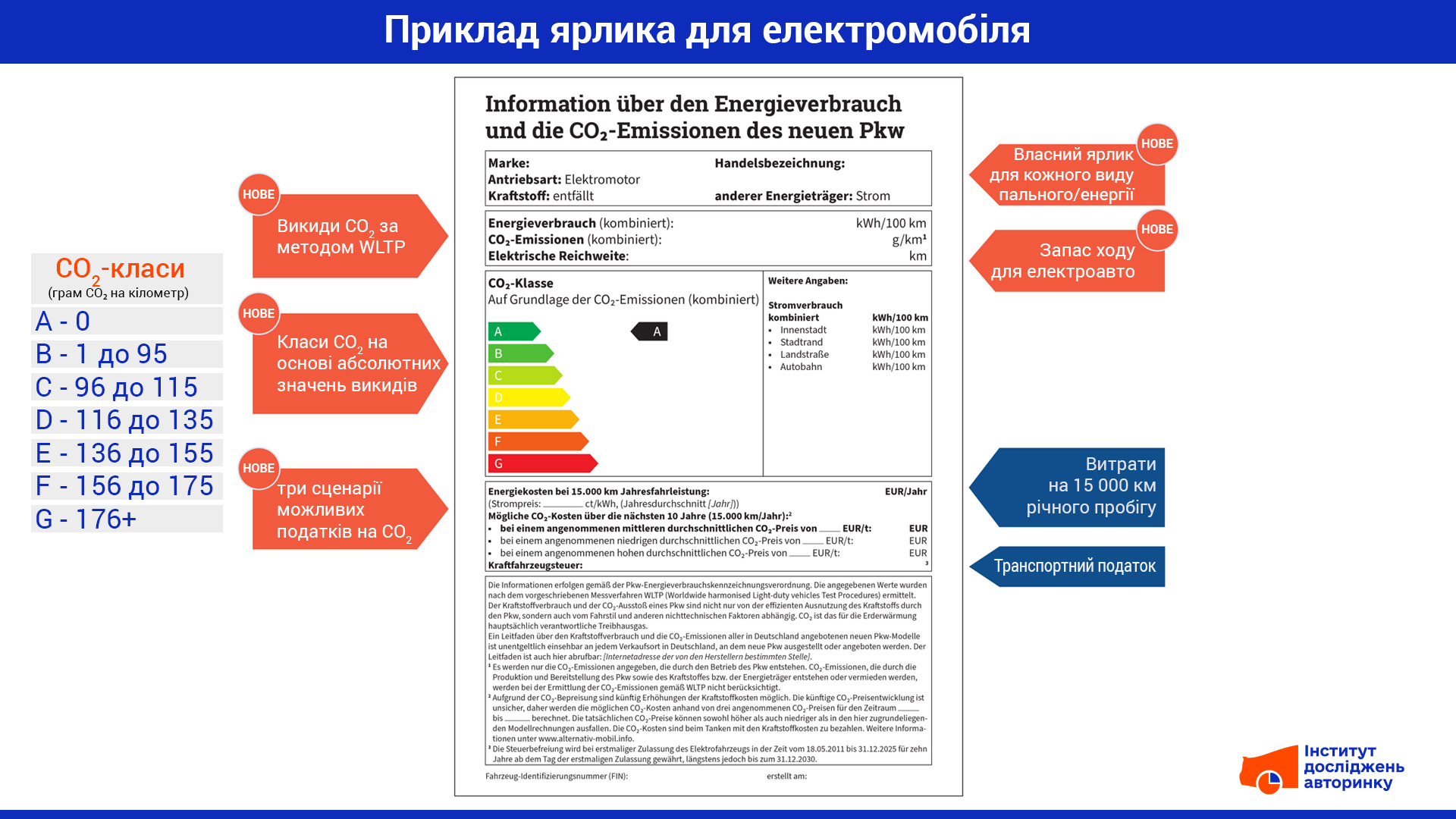
In Germany, WLTP testing becomes mandatory. What does this change for buyers in other countries?
What is WLTP?
WLTP (Worldwide Harmonized Light Vehicles Test Procedure) is a global standard for measuring fuel consumption, CO2 emissions and other pollutants from cars and light commercial vehicles (LCVs).
It provides a more accurate and realistic assessment of vehicle emissions and fuel consumption compared to the previous NEDC (New European Driving Cycle) standard, which it replaces. The WLTP test cycle is more representative of real-world driving conditions, including higher speeds, faster acceleration and a wider range of road situations, JATO reports.
WLTP results reflect real driving behavior and allow consumers to make more informed decisions when purchasing vehicles. WLTP also aims to provide consistent testing standards across regions and countries, facilitating international comparisons of vehicle emissions and fuel efficiency.
What are the latest WLTP changes?
Although WLTP has been around for some time in Europe, in February 2024 Germany updated the Energy Labeling of Passenger Cars (Pkw-EnVKV) Ordinance, which applies to car retailers. New changes have been made to car labels regarding energy consumption and CO₂ emissions, and this information is now (as of May 2024) mandatory in all German car dealerships. The changes are aimed at making it easier for consumers to understand WLTP information.
What does this change for new car buyers?
When selling cars online, the vehicle tag information should be displayed as soon as the potential buyer completes the configuration of the particular vehicle. This should ensure* that customers receive the same level of information as in a conventional dealership.
* In practice, not all German dealers already report online updated data according to the WLTP cycle — our check showed that some of them still provide approximate information and display a message that updated data is expected — IDA.
- All advertising of new car models, including online sales, must include information on energy consumption, CO₂ emissions and CO₂ class. Advertising should make this information easy to read and understand.
- Vehicle labels must contain information on energy consumption and CO₂ emissions based on the WLTP standard, covering different driving conditions.
- Clear CO₂ classification: The CO₂ classification system is now based solely on the vehicleʼs CO₂ emissions per kilometer, with classifications from "A" (zero emissions) to "G" (emissions over 176 g/km), regardless of vehicle weight (see infographic) .
- Display of CO₂ consumption: Vehicle labels must display an estimate of CO₂ consumption over a 10-year period, assuming an annual mileage of 15,000 kilometers. This estimate is based on three potential CO₂ price options: low, medium and high.
- Separate tags for different vehicle types: There are five different vehicle tag designs to match the drivetrain and fuel type of vehicle, including diesel, electric, fuel cell and PHEV hybrids. This will help consumers easily compare vehicles based on their environmental impact and running costs.
- Separate requirements for plug-in hybrids (PHEVs): for such vehicles, the vehicle label must indicate both the weighted combined consumption/emissions and with a discharged battery (ie when driving only using the internal combustion engine). Two classes of CO₂ should be displayed, which will correspond to the real operating options of such cars.
- Range: For electric (EV) and hybrid vehicles (PHEV), WLTP provides more realistic range estimates. This is especially important for potential electric car buyers who are concerned about range, as they will get a reliable estimate of how far the car can go on a single charge.

What can this change for the Ukrainian car market?
All drivers know that the "table" (that is, declared by the manufacturer) and real fuel consumption (or the maximum range of an electric car) often differ greatly. Moreover, factory data are usually more optimistic than those obtained during the actual operation of a particular car in real conditions.
The introduction of new rules for testing and marking cars according to the single WLTP standard in Europeʼs largest car market, i.e. in Germany, will allow consumers of new, and later used cars, to receive more reliable information about what costs await them when buying a particular model, or even its configuration.
Since the test conditions have been significantly improved, both for cars with internal combustion engines and for electric cars, information will begin to accumulate in various databases about cars that are now sold new, but will later end up on secondary markets. Including to Ukraine.
- Do you need a "freshly driven" car? You can order it from a reliable partner of IDA — the company West Auto Hub .
Yes, it takes some time, but it passes quite quickly. For example, not so long ago there were thousands of queues for Tesla electric cars, but now a lot of unsold cars have accumulated in the warehouses of this manufacturer, and their prices have decreased significantly, to a lesser extent for new ones (at least for now) and much more for used ones.
Therefore, the introduction of a single test standard will allow consumers to understand important parameters — fuel or electricity consumption obtained not during idealized factory tests, but in conditions as close as possible to reality.
Another plus of such a decision, at least now for German buyers, is that a single form of information submission using the WLTP label eliminates from the market various "advertising" formats of information submission, completely unrealistic, which are most often used by Chinese manufacturers of electric cars. Now their products can go on sale only after testing and receiving the WLTP certificate.
In cooperation with foreign partners, the Auto Market Research Institute will develop its own database of important car parameters according to the updated WLTP standard, which will later become available to Ukrainian dealers.
Subscribe to the Telegram channel of the Auto Market Research Institute to be the first to receive information without advertising or spam.


